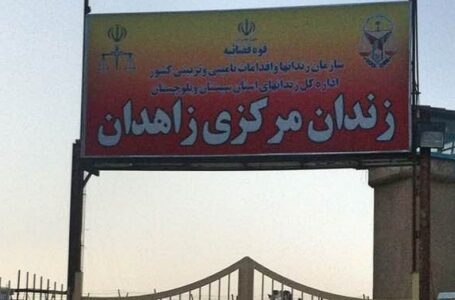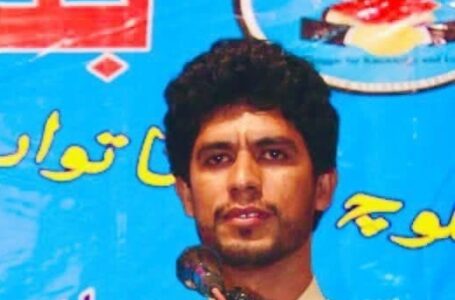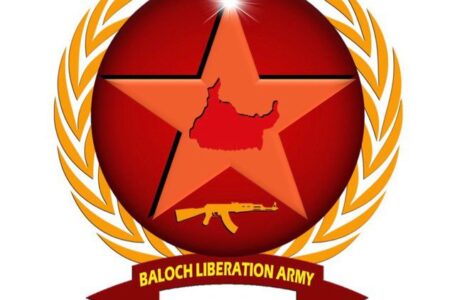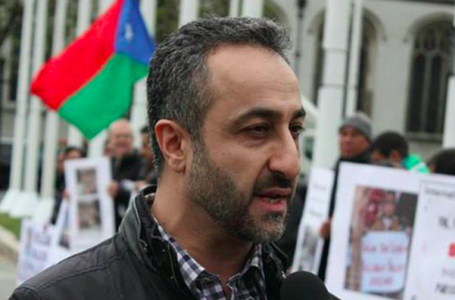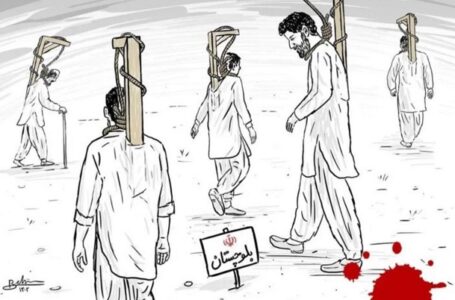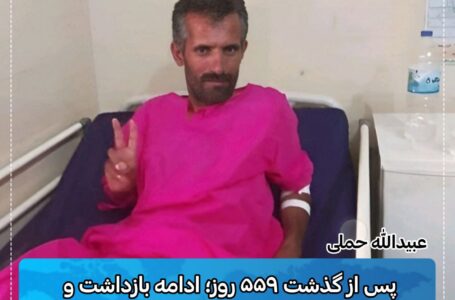2014: Land of impunity
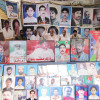
The very first day of 2014 brought with it a graphic reminder of the daunting challenges that bedevil Balochistan when a suicide bomber targeted a bus full of Shia Hazara pilgrims returning from a visit to Iran. One person was killed and 30 injured. As the year unfolded, the widening repercussions of short-sighted state policies followed since long began to manifest themselves.
After the two horrific, large-scale sectarian attacks against them in early 2013, the Hazara community had restricted itself mainly to two heavily secured Hazara-majority areas in Quetta in a siege-like existence which came at a devastating cost to livelihoods, education and life in general. But even then, safety was far from certain. An attack inside Hazara Town, shortly before Eid, killed 10 people while they were shopping for the festive occasion.
 |
|
Relatives of missing persons demonstrating outside the press club in Karachi on Nov 22, 2013. — White Star
|
The lack of a comprehensive, sustained crackdown against sectarian groups allowed them to maintain their foothold in the province. Shia pilgrims’ bus convoys travelling along the 700km route from the Iran border to Quetta proved a particularly soft target. Attacks on Jan 21 and another on June 9 together claimed over 50 lives.
In 2014, for the first time in years, the war on minorities in Balochistan expanded to include the Zikris as well. On August 29, six members of the sect were gunned down in their zikr-khana in Awaran. People in southern Balochistan, where most Zikris are based, have expressed fears that a sectarian conflict is being deliberately stoked in order to destroy the traditionally harmonious relations between the Zikris and other Balochs. After all, a people divided are easier to contain.
Explore: Forgotten Balochistan
In recent years, religious extremist groups have proliferated in Balochistan. Many are obscure outfits whose links to wider networks are indeterminate, but they all derive sustenance from patronage by state elements that seek to counter the insurgency in the province – which is secular in character – with Islamist proxies. These have established reigns of terror in their local areas, imposing their obscurantist beliefs at the point of a gun, and allegedly running ‘death squads’ that abduct and kill Baloch men suspected of nationalist sympathies.
There were also reports suggesting that operations against Baloch separatist organisations had been outsourced to heavily-armed jihadist groups brought in from elsewhere in Balochistan, and even other parts of Pakistan, expressly for this purpose.
Schools and language centres have long endured intimidation and death threats from Islamist groups for educating girls and imparting ‘Western’ education, but this past year saw a frightening escalation of violence. Three schools in Panjgur were attacked and a vehicle carrying female students was torched, though no one was hurt. Schools in the district closed indefinitely, reopening three months later following assurances from Chief Minister Dr Malik.
Shortly after, underscoring the impotence of the provincial government and the obduracy of the security establishment, a group calling itself Al-Jihad set fire to a private school in Turbat. These are dire developments in a province where reportedly 1.8 million out of 2.7 million children are deprived of education.
The future of Balochistan also continued to be compromised in another respect: the kill-and-dump tactic allegedly carried out by ‘death squads’ and security agencies largely against young Balochs. Abducted off the streets, and even from their homes, many of them remain ‘missing’ until their mutilated bodies turn up dead. The full horror of it all was encapsulated in the discovery early this year of mass graves in Khuzdar that contained 17 bodies of such individuals.
However, it seemed that nothing could awaken the conscience of the state, or spur the provincial government into asserting its writ. Not even the 2000km protest march by a group of Balochs led by Mama Qadeer and including mostly women in order to highlight the issue of enforced disappearances. Their arduous journey had commenced in 2013 from Quetta, made its way to Karachi, and concluded in Islamabad in February 2014.
 |
|
In this Nov 19, 2013, photo, people march towards Karachi holding photographs of their relatives who were allegedly abducted by security forces. — AP
|
Meanwhile, the situation in the province remained perilous for settlers at the hands of Baloch militant groups. On August 18, for instance, they kidnapped nine Punjabi poultry farm labourers from Lasbela. Eight were found murdered the next day, while one was badly injured. Protracted armed struggles, even when they spring from legitimate grievances, run the risk of deviating from their ideological underpinnings.
The callous targeting of non-Baloch is a manifestation of what is perhaps an inevitable degradation of the insurgency.
There have also been reports, hotly denied in some quarters, of fissures that have developed – particularly after the death of the uncompromising nationalist Khair Bakhsh Marri in June – between the various insurgent groups that were previously working in concert towards a common goal. If true, this would be music to the ears of the establishment.
The coming months could bring more clarity. However, it would be futile to expect any analysis on the issue from Balochistan-based journalists, who have to work in the most dangerous part of what is already one of the most dangerous countries for journalists. Survival depends upon navigating a complex minefield of competing sectarian, ethnic, political and tribal interests. The murder in broad daylight of journalists Irshad Mastoi and Abdul Rasool Khajak in their Quetta office on Aug 28 underscored the risk. Anyone, anywhere, is clearly fair game.
The impunity with which atrocities can be carried out against a vast array of targets in Balochistan undermines Dr Malik’s coalition government, and makes a mockery of the concept of self-rule, however flawed and ‘managed’ the process of elections in 2013 may have been.
Although the interception of some huge caches of arms and explosives in intelligence-led operations in the last few months may well have prevented major acts of terrorism, but the situation is far removed from one in which there can be perceptible forward movement on governance and sorely-needed development initiatives. There seems to be no effort to rein in the actors that serve the ‘national interest’ or to change the security-driven narrative that is used to justify brutally repressive policies.
There is also a challenge to the provincial government from the tribal and feudal elites within, which rears its head in some form or the other frequently. Fortunately the federal government appears disinclined to effect any drastic change. But that is not enough. It is only when the security establishment realises the folly of its current policy direction, and allows the provincial government the space to govern without interference, will Balochistan have any chance of a viable future.
Courtesy: Dawn.com

